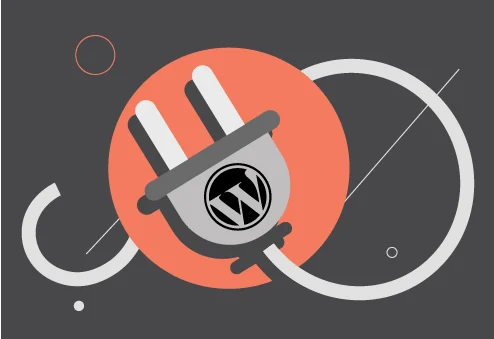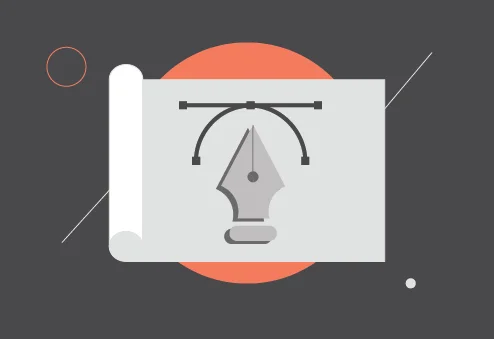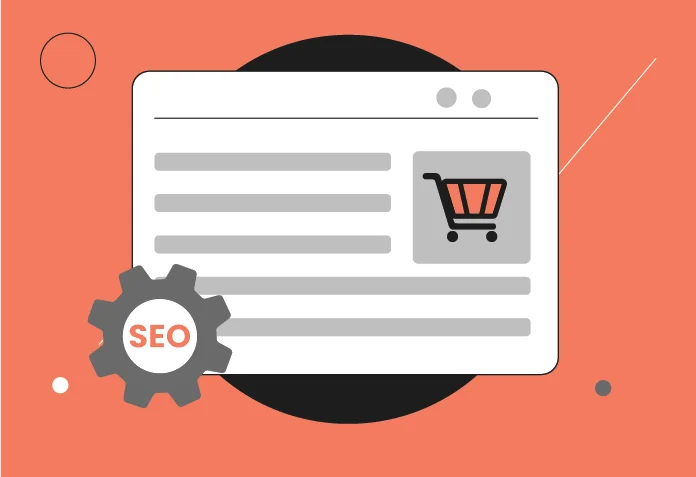The year 2024 saw some major developments, among which the global retail sales (online) played a major part. As per the estimates, the global ecommerce industry owns 20% of the entire market value and is on track to command a whopping 95% of total retail sales by 2040.
The current competitive online business environment is highly dynamic, and effective marketing is no longer a choice; it is a necessity. The trouble is that there are so many brands all vying to gain attention, businesses must find innovative e-commerce marketing ideas to increase visibility and sales.
Driven by digital marketing tactics and tools, the global e-commerce industry sees growth because of developments in the e-commerce marketing strategy. Here are 15 such digital marketing strategies that attract customers and improve sales of e-commerce websites:
#1: Build authority with content marketing
An effective e-commerce marketing strategy is incomplete without a sound e-commerce content marketing strategy. Whether you are creating and distributing a blog post, a video, or a podcast, original, high-quality content positions you as an industry leader. In fact, 62.8% of content marketers reported traffic growth year-over-year into 2025, marking content marketing as a cornerstone for online success.
#3: Being social on social media
Over the last few years, social media has emerged as an ace game for marketers. From selling flats to shoes, one can find all sorts of vendors flooding newsfeeds. Meanwhile, more than 70% of Americans use at least one social media platform every day, making social media the go-to channel for every other marketer. Store owner tips can help you stay ahead with the latest news and trends on these platforms. Social media sites such as Instagram and Facebook are gold mines as far as e-commerce marketing is concerned. Employ reels, stories, and user-generated content to remind people about your brand.
#4: SMS Marketing
SMS marketing for e-commerce is having a boom. Text messages are fast, direct, and have high open rates that make announcements of flash sales, cart abandonments, and special offers.
Many businesses use SMS to maintain a personal connection with their customers, sending timely updates and reminders that feel immediate and relevant. Campaigns can be scheduled around promotions, product launches, or seasonal offers, ensuring consistent engagement without overwhelming recipients. To make these campaigns even more efficient, partnering with an SMS API provider allows businesses to automate message delivery, personalize content for individual users, and monitor key performance metrics in real time. These capabilities help ensure messages reach the right customers at the right time, boosting open rates, click-throughs, and overall conversions.
#5: Staying in touch with emails
Email marketing has been in the news for its returns. For every dollar you spend on the channel, you get an average return on investment (ROI) of USD 42. This explains what makes email marketing a significant part for 90% of marketers. The idea behind it is simple. Collect email addresses of your customers through deals or by downloading a tool, and then send relevant and timely emails to your list. To ensure your messages reach the right inboxes, you can also use an email verifier to check the validity of your addresses.
One of the greatest digital marketing strategies is email. Segment your user base and send them emails based on their past purchase and interests. This includes:
- Welcome emails
- Exclusive offers
- Order confirmation
- Product launches
- Newsletters
… and several others.
#4: Invest in pay-per-click strategies
If organic channels don’t cut the ice, it’s time to switch to paid advertising. Pay-per-click strategies have emerged as one of the best strategies to get clients these days. Most D2C, or direct-to-customer, use paid ads to get customers. These ads are targeted and retargeted to a particular set of people across a geography with other specific traits to get the best results for your campaigns.
#5: Optimizing for mobile
When working on an e-commerce website, here’s a no-brainer: optimize for mobile. Not only does it enhance the aesthetics of the website, but it also makes the user journey engaging and impactful. From the “add to cart” button to images, every aspect of the site plays an important role in increasing the dwell time of the users and hence is hard to miss. In this process, choosing the right Ecommerce Platforms can ensure your website runs smoothly across all devices and provides a consistent shopping experience.
#6: Add a chatbot to your website
When it comes to live chat support, 73.5% of the users suggest they are “satisfied” with the service. Backed by AI chatbots, a hybrid strategy of sing an AI receptionist along with human professionals, companies can now offer support around the clock. This solves challenges to a great extent and can be used to improve the dwell time of visitors. AI-enabled bots can initiate live chats for customers looking for a particular item on the website, thus improving customer support extensively. AI-enabled chatbots don’t just improve response times—they’re setting new standards for personalized retail experiences. Retailers are steadily increasing sales and customer loyalty by using conversational ai for retail to guide users through product selections, handle queries instantly, and provide seamless support at every stage of the customer journey.
#7: Content Marketing
Post blogs, videos, and manuals. Content is a market development strategy that will never go away, and it is a long-term strategy. n effective e-commerce marketing strategy is incomplete without a solid content marketing foundation. Whether you’re publishing blog posts, videos, or podcasts, original, high-quality content positions you as an industry leader. The key is to start developing a content strategy for e-commerce, you don’t need to wait for it to be perfect, just get started. In fact, 62.8% of content marketers reported traffic growth year-over-year into 2025, marking content marketing as a cornerstone for online success
#8: SEO-Oriented Product Pages
Search engine optimisation of the product descriptions and product images is a marketing strategy that is underestimated. This assists in organic traffic without massive advertisement spending. You can opt for services like Dresma to ensure that your product listings are well optimized.
#9: Celebrity/Influencer Partnerships
Collaborate with influencers to gain access to new audiences. Select those that have their followers who are also your target customers to have the right marketing tactics.
#10: Organise and Run Advertisements
Traditional marketing strategy examples include paid advertisement. Use different modes of advertising to establish what will generate the best ROI. Here, you can consider integrating Bandy AI to quickly produce UGC-style ads and professional product visuals that help you test which ad formats perform best.
#11: Loyalty Schemes
Reward customers who make a repeat purchase. Special discounts, rewards, or previews of new items ensure customers will come back.
#12: Cross-Selling and Upselling
See to it that the customers add related products. This is among the easiest types of marketing strategies to enhance average order value.
#13: Provide Free Shipping
Free shipping is an effective e-commerce marketing strategy to mitigate shopping cart abandonment and to increase conversions. Reliable logistics services play a key role in making free shipping possible without hurting profit margins.
#14: Testing and Analysis
Always measure and adjust. See what is and what is not working by accessing tools such as Google Analytics, and make changes to your e-commerce marketing strategies as per such findings.
#15: Exit-Intent Popups
Catch the leaving visitors by offering them last-minute discounts or email enrolment. It is a slight adjustment that can win back lost sales.
Final Thoughts
No matter whether you learn some new marketing strategy examples or double down on the tested marketing tactics, these concepts can change your business. Begin by implementing two to three strategies that are relevant to your objectives, test, and scale through what works.
It is important to keep in mind that the making of a smart ecommerce marketing strategy does not imply doing everything all at once, nor does it mean doing the right things once. Cheers to selling!



